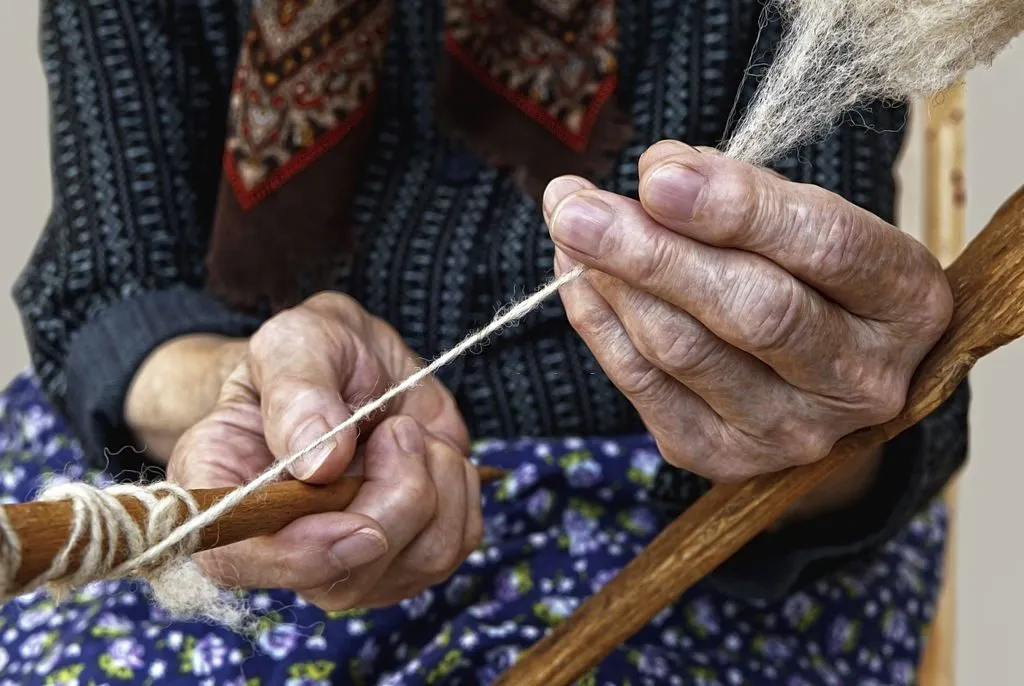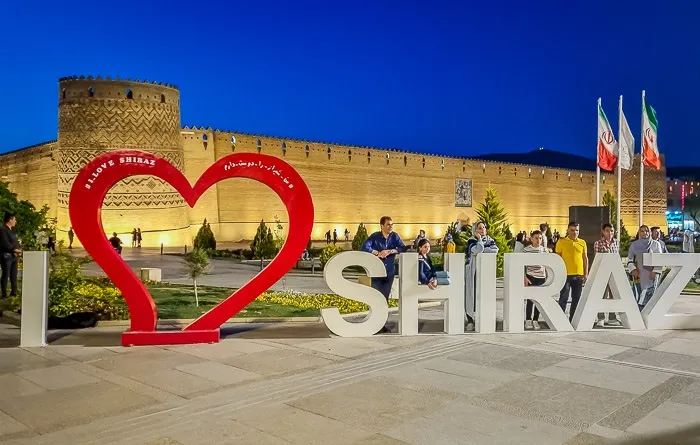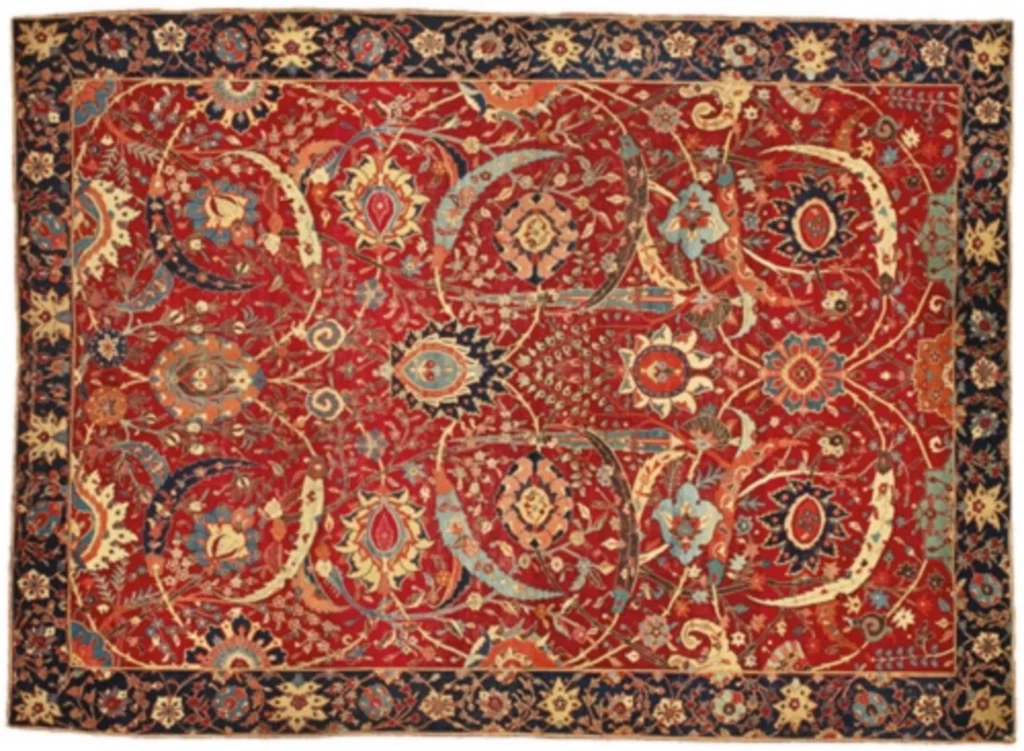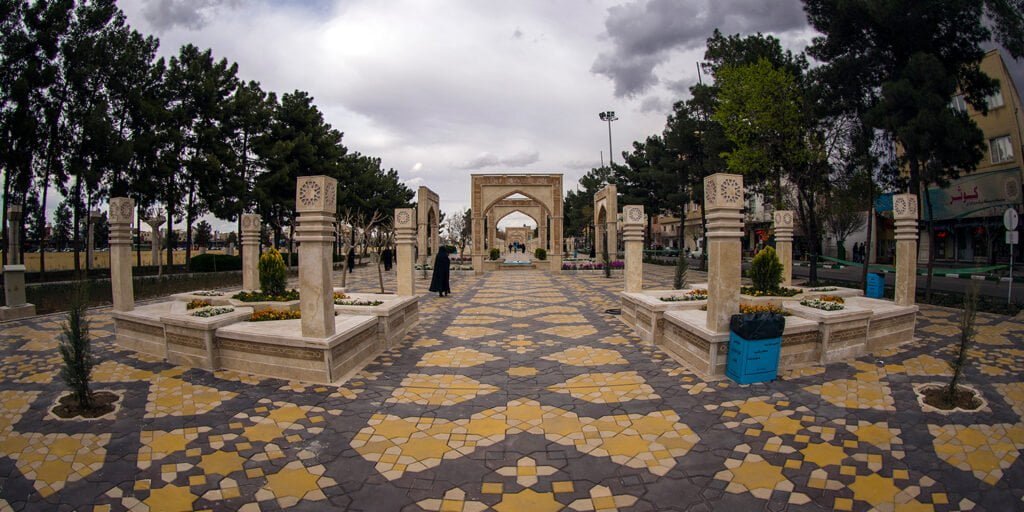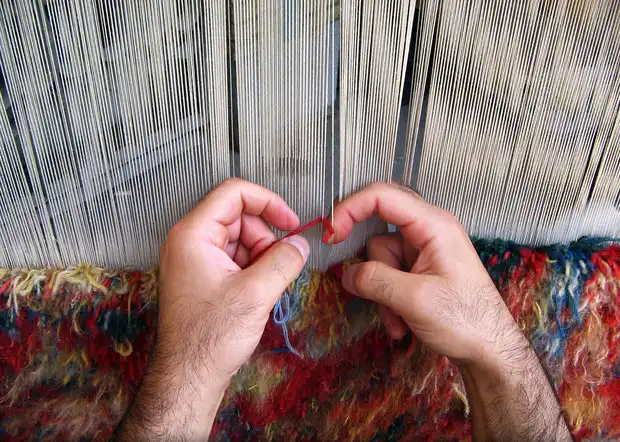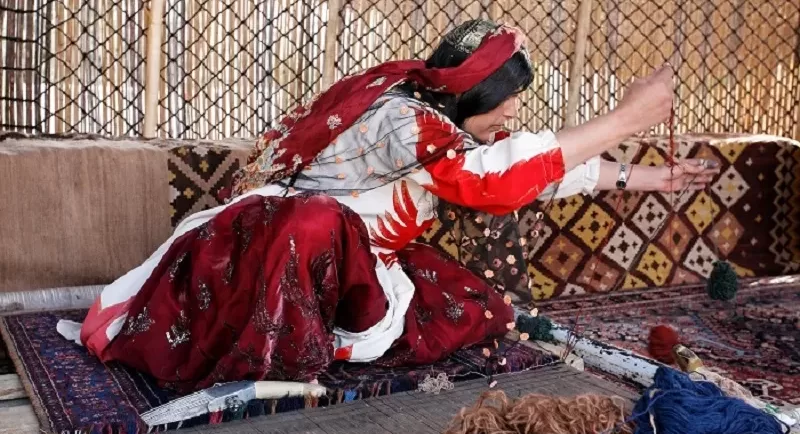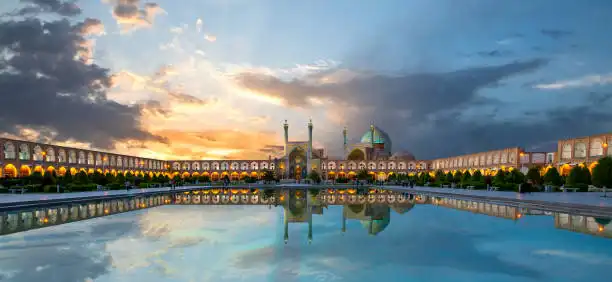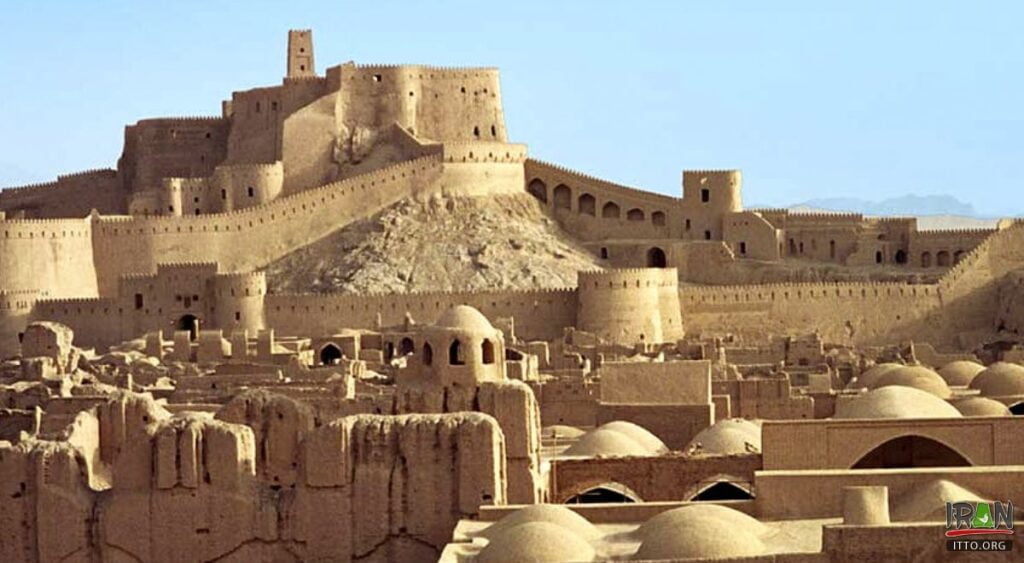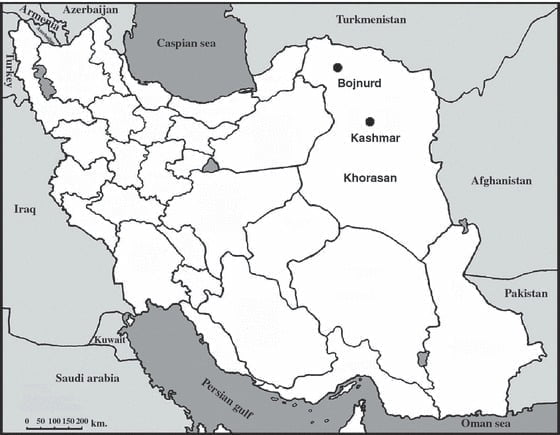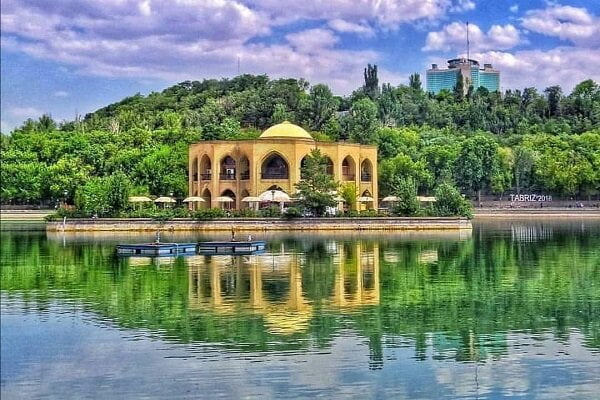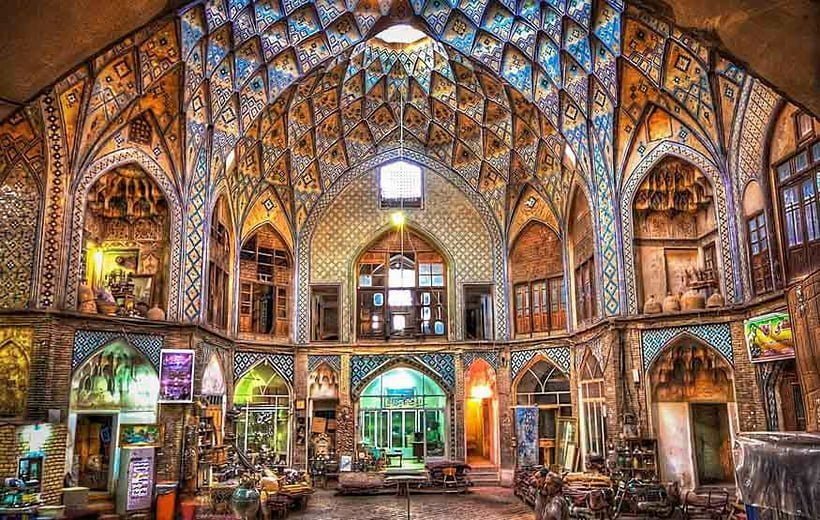How wool on cotton rugs are made!
Wool on cotton rugs are made using a weaving technique that combines wool fibers for the pile (the top fuzzy part of the rug) and cotton threads for the foundation (the backing that holds everything together). Here’s a breakdown of the process: 1. Preparing the Materials: Wool: The wool undergoes cleaning, carding (to align the […]

